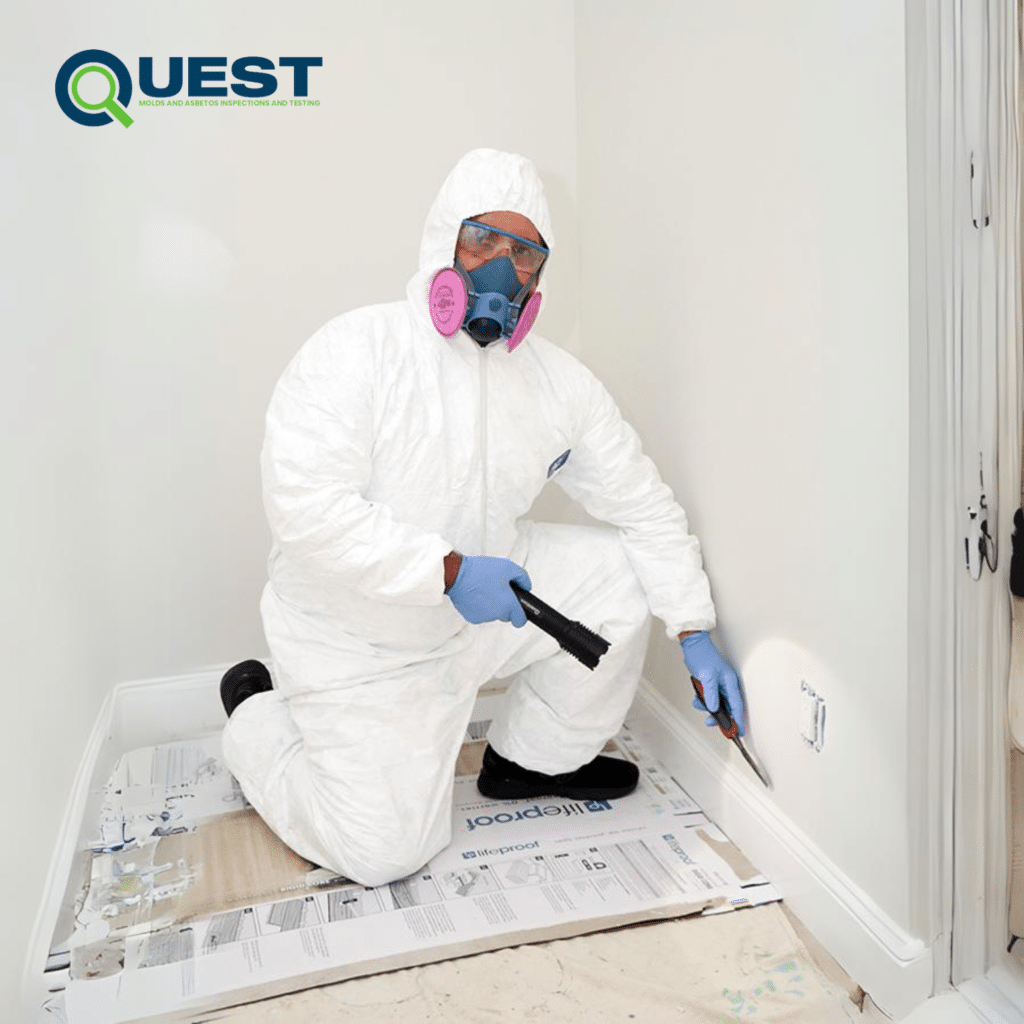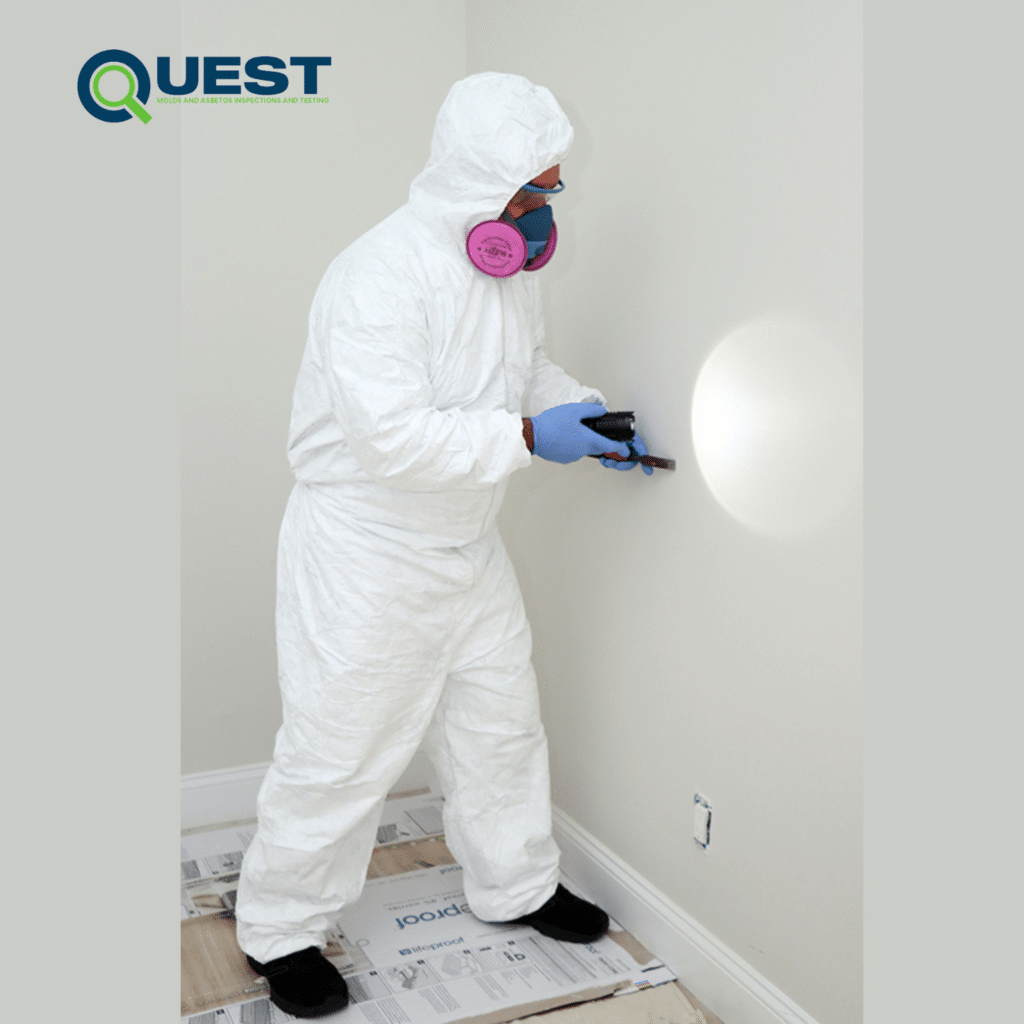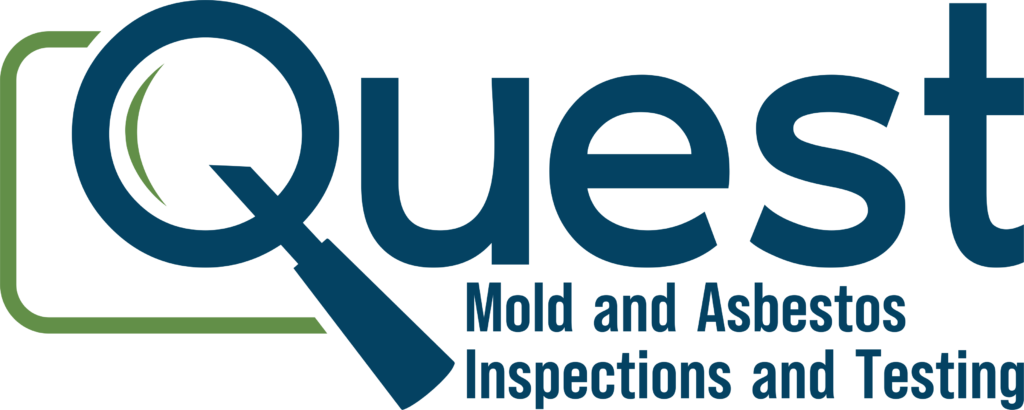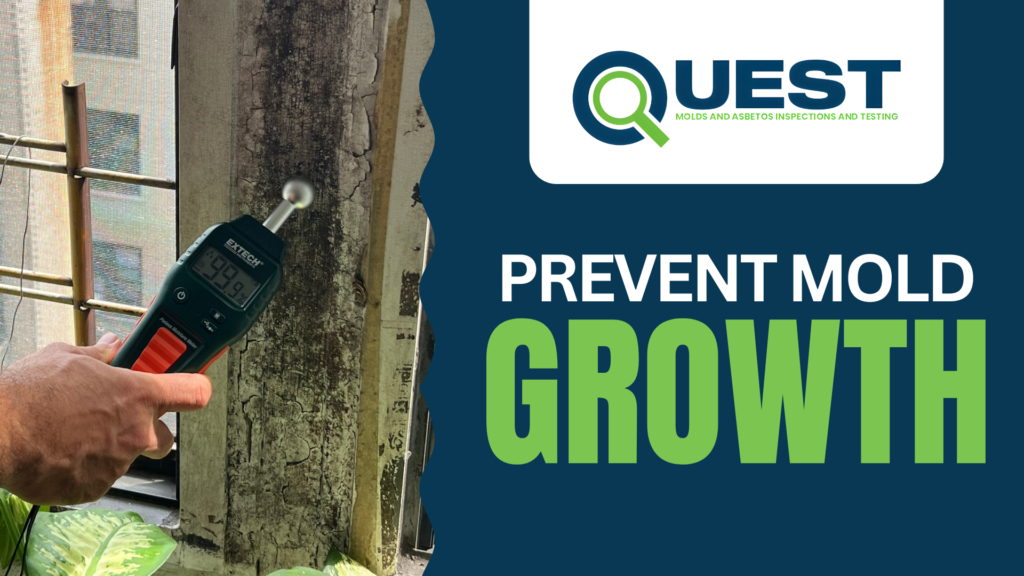Mold reproduces very fast in warm and humid environments, making it an issue in those climates. Homes and buildings in these areas are often the perfect area for mold to grow, which not only ruins surfaces but can cause severe health problems. Managing humidity indoors is an important part of controlling the growth of mold.
Methods for preventing the growth of mold include reducing the moisture levels indoors and improving air circulation. Controlling the humidity within your home creates a less hospitable environment for mold. Simple actions can make a big difference, like using dehumidifiers and ensuring your area is well ventilated.
Regularly scheduled maintenance and cleaning are vital for keeping mold at bay. Also taking care of areas that are likely to obtain moisture, like kitchens and bathrooms, and fixing any leaks at once help. Understanding the relationship between moisture and mold helps decide the measures that need to be taken to ensure residents’ health and integrity of their homes.
Understanding Mold and Humidity
The level of humidity significantly influences the growth of mold, making moisture control important in preventing mold growth. Understanding the correlation between the two will help create a healthier environment.
The Science of Mold Growth
Mold is a type of fungus the releases tiny spores to reproduce. The spores need a moist environment to thrive, making relative humidity a major factor in mold proliferation. The ideal conditions that mold grows in include:
- A steady source of moisture,
- Temperatures typically between 77 and 87 degrees Fahrenheit,
- An organic food source such as wood, paper, or fabric.
Relative humidity inside a property should ideally be kept at 60% or below to impede the growth of mold

Effects of High Humidity on Mold Proliferation
When high humidity is present, moisture gathers on surfaces, providing a perfect area for mold to grow. It is not only visible moisture like condensation; elevated levels of moisture in the air, relative humidity, can also contribute to mold expansion because:
- Mold spores are more likely to settle and grow on damp surfaces,
- High humidity gives mold the perfect conditions to germinate and rapidly multiply.
Effective strategies to manage the moisture are essential to prevent molds effects on health and property, especially in very humid environments.
Practical Tips for Preventing Mold Growth
Controlling indoor humidity is the main factor in preventing mold growth. You can do this by using effective cleaning strategies and keeping mold-resistant spaces. Addressing these are can significantly decrease the risk of mold infestation.
Reducing Indoor Humidity
Utilizing a Humidifier: To keep indoor humidity levels below 60% homeowners should consider using a dehumidifier. This device can keep the humidity at a level where mold is less likely to grow, ideally below 40%.
Enhance Air Circulation: Ensuring the air is circulating properly is particularly important for moisture control. Installing fans or ventilation systems helps keep the air moving to prevent dampness from accumulating.
Effective Cleaning Strategies
Regular Home Cleaning: Regularly cleaning and drying wet areas in the home prevent mold spores from settling. This includes wiping down bathroom walls after showers and promptly addressing spills or leaks.
Use Mold-Killing Products: When cleaning high moisture areas like bathrooms and kitchens it is recommended to use mold-killing products for surface to prevent mold growth before it starts.
Maintaining Mold-Resistant Spaces
Apply Mold-Resistant Paints: Paints and finishes that are resistant to mold can be used on walls in high moisture areas to make the environment less hospitable to for mold.
Regular Inspections and Maintenance: : Scheduling regular inspections of pipes roofs and windows can help detect potential problems and prompt maintenance avoiding conditions that foster mold growth.
Moisture Managing Tools and Technology
Effective moisture management is important to prevent the growth of mold in humid climates. The right tools and technology can help reduce the humidity levels significantly and prevent mold proliferation.
Dehumidifiers & Air Conditioners
Dehumidifiers play a large part in removing excess moisture from the air. They are especially useful in areas where dampness is persistent, such as basements and bathrooms. For large scale operations, whole house dehumidifiers can be integrated into HVAC systems to support best humidity levels.
Air conditioning units regulate air temperature through the house and help control the moisture levels. They work by pulling in warm air, cooling it down, and removing water vapor. Regular maintenance helps ensure the unit is efficient in cooling and dehumidification.
Ventilation Systems and Exhaust Fans
Adequate ventilation is necessary for keeping an environment dry and free of mold. Ventilations systems like exhaust fans in high-moisture areas like kitchens or bathrooms, move outdoor air inside, which displaces the stale humid indoor air.
- Exhaust fans: Used during or after activities that produce excess moisture for example cooking or showering.
- HVAC upgrades: HVAC systems with ventilation features can efficiently cycle the air and balance the humidity
Innovations in Mold-Resistance
Building materials designed to resist moisture accumulation are changing how we view mold prevention. Materials can include mold-resistant dry wall, paint and insulation. They usually have chemicals infused into them that repel water and stop mold growth.
- Insulation: Moisture-resistant options to prevent condensation.
- Mold-resistant products: Minimize the need for extensive mold remediation later.
By using these tools and technology, we can help create environments that are healthy and increase the integrity of the indoor spaces.
Coping with Mold Issues
Focusing on finding, removing, and preventing is important when trying to keep mold away in humid climates. Using a thorough method when dealing with leaks and moisture, hiring professionals to rid of mold, and conducting regular preventative maintenance and inspections will significantly increase the quality of air inside.

Finding and Addressing Leaks
The first step in preventing mold is to address leaks at once. Leaks can happen anywhere water is stored or used, from pipes or roofs. They provide a source of moisture to thrive and can cause damage to structures over a period. Homeowners should check under sinks, around windows and in attacks for any signs of water. Early detection and fixing it quickly are important to prevent the mold from growing.
Professional Mold Remediation
In the case where mold infestation is large or involve toxic spores, professional mold remediation is highly recommended. Certified mold professionals have the equipment and experience to remove the mold and contaminated materials. They follow safety guidelines to precent the mold spores from spreading during the process. There is available mold testing to assess the types of mold present to ensure all problem areas are addressed.
Preventative Maintenance and Inspections
Regular maintenance and upkeep are important in preempting mold problems. Scheduling regular inspections can help find leak sources before they become significant issues. The inspections also help keep the indoor air quality healthy. This approach helps mitigate risks and helps keep the properties integrity over time.


